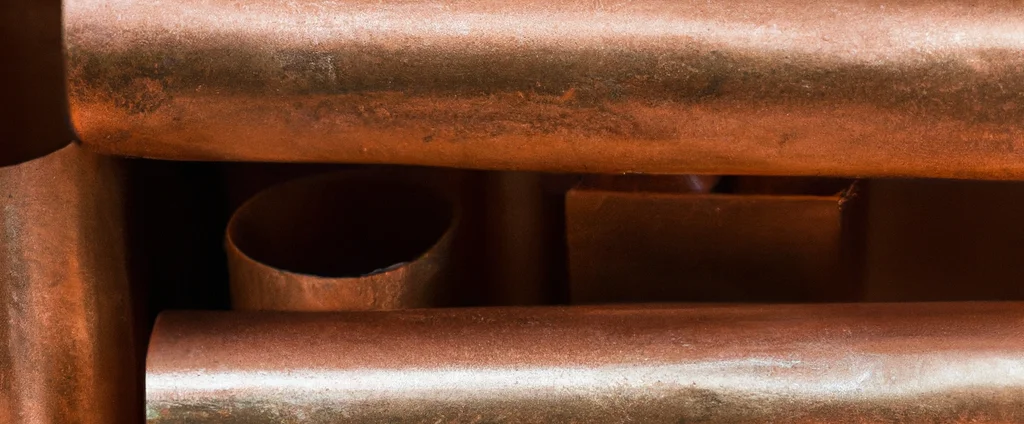Copper Nickel (UNS C71500)

Copper Nickel C71500, also known as 70/30 Cu-Ni, is a premium alloy renowned for its exceptional seawater corrosion resistance, high strength, and thermal conductivity. It is ideal for marine, power generation, and chemical processing applications.
| Chemical Composition | ||
|---|---|---|
| Element | Min | Max |
| Copper | —— | Remainder |
| Iron | 0.4% | 1.0% |
| Lead | —— | 0.05% |
| Manganese | —— | 1.0% |
| Nickel | 29.0% | 33.0% |
| Zinc | —— | 1.0% |
The following table provides a list of copper C71500 properties in both SI and US customary/Imperial units.
Click on the button to switch between Metric and Imperial units.
| Physical Properties | Metric |
|---|---|
| Density | 8940 kg/m3 |
| Mechanical Properties | Metric |
| Tensile Strength (Ultimate) | 370 - 520 MPa |
| Tensile Strength (Yield) | 80 - 480 MPa |
| Young’s Modulus (E) | 150 GPa |
| Shear Modulus (G) | 57 GPa |
| Elongation at Break | 45% |
| Poisson’s Ratio (ν) | 0.33 |
| Thermal Properties | Metric |
| Melting Point | 1170 - 1240 °C |
| Thermal Conductivity | 29 W/m·K |
| Specific Heat Capacity (Cp) | 380 J/kg·K |
| Coefficient of Thermal Expansion (αL) | 1.62×10-5 1/°C |
| Electrical Properties | Metric |
| Electrical Conductivity | 2.67×106 S/m |
| Electrical Resistivity | 3.75×10-7 Ω·m |
The values in this table are approximate and can vary depending on various factors such as the specific manufacturing process and heat treatment applied to the alloy.
Advantages & Disadvantages of Copper Nickel C71500
| Advantages | Disadvantages |
|---|---|
| Excellent corrosion resistance | High cost |
| Good strength and ductility | Galvanic compatibility |
| Resistance to biofouling | Lower electrical conductivity |
| Weldability and fabrication |
Applications of Copper Nickel C71500
Copper Nickel C71500 is widely used in various industries and applications due to its excellent corrosion resistance, mechanical properties, and other beneficial characteristics. Key applications include:
- Marine and Offshore: Extensively used in marine environments due to its exceptional resistance to seawater corrosion. Common applications include shipbuilding, offshore platforms, seawater piping systems, heat exchangers, condensers, and other components exposed to marine environments.
- Heat Exchangers and Condensers: The high thermal conductivity and corrosion resistance make it suitable for heat transfer equipment. It’s utilized in heat exchangers, condensers, and similar systems where efficient heat transfer and resistance to corrosive fluids are required.
- Power Generation: Finds application in power plants and desalination plants, particularly in condenser tubes, heat exchangers, and cooling systems where corrosion resistance and thermal conductivity are crucial.
- Chemical Processing: Employed in various chemical processing applications, particularly in equipment and piping systems for the transportation and storage of corrosive chemicals, acids, and brine solutions.
- Desalination and Water Treatment: Its resistance to seawater corrosion makes it ideal for desalination plants producing fresh water from seawater. Also used in water treatment facilities for its corrosion resistance and biofouling resistance.
